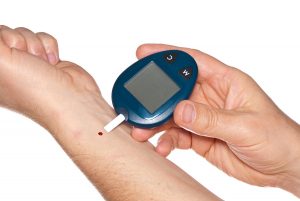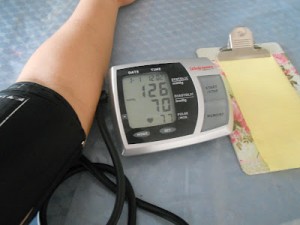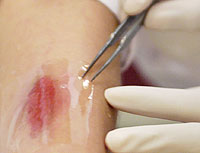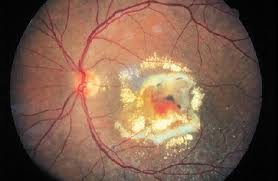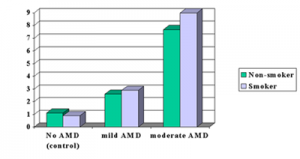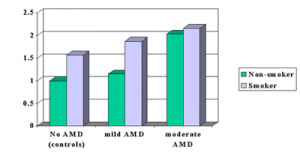A new study from the University of British Columbia, Vancouver, BC showed that erectile dysfunction drugs pose a risk to eyes. UBC researchers studied 213,000 insurance claims of serous retinal detachment, retinal vascular occlusion, and ischemic optic neuropathy. They found that there was a close association with these eye conditions and the use of drugs like Viagra, Cialis, Levitra, and Stendra that these men used for erectile dysfunction (ED). In the year before these men started to take ED drugs none of them had any of these three eye conditions. Once they started taking these drugs there was an 85% increase in occurrence of one of these eye conditions.
Explanation of eye conditions
Serous retinal detachment
Serous retinal detachment can occur when you develop a tear of the retina. In this case the vitreous fluid from the center of the eye can leak underneath the retina and lead to retinal detachment. If you develop spots or floaters or flashes of light, or if you develop weak vision, this is a sign that you should seek immediate help from an eye-specialist.
Retinal vascular occlusion
When a blood clot occurs in either a vein or artery that supplies the retina with blood there can be a sudden loss of vision. This is an emergency and requires a trip to an eye specialist in the hospital.
Ischemic optic neuropathy
The optic nerve collects all the signals from the retina and transports this to the brain for further processing. When the blood supply to the optic nerve gets interrupted, there can be a sudden loss of vision. This is an emergency. An eye specialist has to immediately assess the patient in the hospital.
Eye professor warns to take eye conditions seriously
Professor Dr. Mahyar Etminan from UBC said: “These are rare conditions, and the risk of developing one remains very low for any individual user. However, the sheer number of prescriptions dispensed each month in the U.S. – about 20 million – means that a significant number of people could be impacted.” He went on to say: “Regular users of these drugs who find any changes in their vision should take it seriously and seek medical attention.”
Causation versus statistical association
The study showed a strong statistical association between the ED drug use and these three eye conditions. Patients on the ED drugs were 1.85-fold more likely to develop one of the eye conditions. This was in comparison to controls who were not on ED drugs. Professor Etminan said: “These medications address erectile dysfunction by improving blood flow, but we know that they can also hinder blood flow in other parts of the body”. And he continued: “So although our study doesn’t prove cause and effect, there is a mechanism by which these medications could conceivably lead to these problems. The totality of the evidence points toward a strong link.”
Conclusion
When men age, they often develop erectile dysfunction (ED). ED drugs were developed that can overcome this problem. But like any drug these can have side effects too. One of the rare side effects are three serious eye conditions. The have the name serous retinal detachment, retinal vascular occlusion, and ischemic optic neuropathy. As these men were older, they likely already had some arteriosclerosis of the blood vessels. This means they were at a higher baseline risk to develop one of these eye conditions. A study showed that they were 1.85-fold more likely to develop one of the eye conditions. This was in comparison to controls who were not on ED drugs. At this point the researchers at UBC Vancouver, BC say that they found the following. There was a strong association between ED drugs and these serious eye conditions. They commented that at the present time, however, they cannot say that ED drugs would have caused them.

